Marsimik La Pass : Where the Air is Thin, and the Views are Infinite
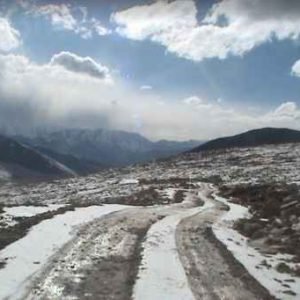

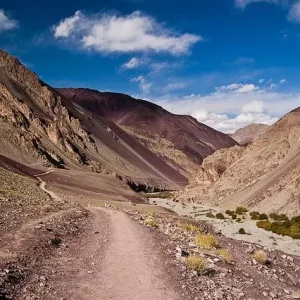
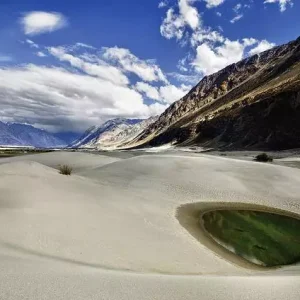
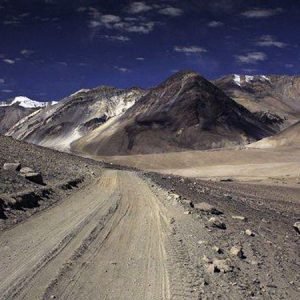
Table of Contents
Toggle1. Introduction
It is one of the highest motorable passes in the world, lying in the northernmost part of India at a height of about 18,953 feet or 5,777 meters. Marsimik La is on the Changthang Plateau of the Ladakh region in the state of Jammu & Kashmir and provides a feast for the eyes with the striking topography of the rugged and bare landscapes of the Himalayas. Marsimik La, or M-K Pass, is one of those rare adventure destinations that are far from fame but exceptionally tough. While falling en route to the more famous Pangong Lake and rivaling the better-known Khardung La in elevation, Marsimik La continues to be one of those less-trodden mysterious trails for thrill seekers and off-road enthusiasts.
From geographical significance to travel tips, this guide provides everything related to Marsimik La as a way to reach this remarkable pass.
Marsimik La lies near the Indo-China border; therefore, it is a pretty sensitive location both militarily as well as geopolitically. The pass falls within the Changthang Plateau, comprising high-altitude plains with its abstract beauty and desolate charm. Surrounding areas are home to nomadic Tibetan tribes called Changpa. It is famous for the wool-producing Pashmina goats.
Marsimik La is made up of rocky, uneven terrain with loose gravel, shifting sand, and steep ascents. The air is thin and much lower in terms of oxygen levels than at sea level; thus, even the most seasoned travelers are challenged by the air. This location makes it one of the toughest off-road destinations in India because of its remote location and extreme conditions.
2. How to Reach Marsimik La
a. Route Information: Marsimik La trekking initiates from Leh-the capital of Ladakh, which therefore has a road and air connectivity. All the expeditions to Marsimik La begin from Leh.
From Leh, the tourists travel towards breathtakingly beautiful Pangong Lake, which is about 150 km away. On its way to Pangong Lake, the route crosses Chang La Pass-the world’s third highest motorable pass. Marsimik La, nearly 42 km northeast of Pangong Lake, is considered closer to the LAC between India and China.
The trail from Pangong Lake to Marsimik La is mainly an off-road track, which often demands a high-clearance 4×4 ability of negotiating rocky and steep terrains. The last rise to the campsite at Marsimik La is exhausting and hectic because of the scarcity of oxygen and the strength of the landscape conditions.
b. Best Time to Visit: The best time to visit Marsimik La starts from June to September. During this time, most of the roads are free of snow, and the weather is somewhat bearable. Winters in Ladakh can be brutal; sometimes, temperatures go way below zero, making the roads impassable because of heavy snowfall.
c. Permissions and Permits: Because Marsimik La is located in a restricted area, close to the sensitive Indo-China border, there are permits required to visit it. While Indian citizens have to obtain an Inner Line Permit to gain entry to the area, foreign tourists may find it difficult to get permission to visit Marsimik La because of its proximity to the border area. These permits can be availed from the DC Office in Leh itself or through an authorized agent in the city. Whichever the case may be, do ensure that Marsimik La is visibly mentioned on the ILP; not all passes in Ladakh fall within the ambit of a common ILP.
3. Difficulty Level and Challenges
a. Altitude and Oxygen Deficiency: Standing at a height of almost 19,000 feet, Marsimik La encounters one of the highest altitude challenges. The level of oxygen is very low compared with sea level at this altitude, and this could further lead to Acute Mountain Sickness. Symptoms of it include headache, nausea, dizziness, and fatigue. Acclimatization is a must prior to attempting the ascent to Marsimik La, and travelers are advised to spend a few days in Leh (11,500 feet) or Pangong Lake (14,000 feet) to get accustomed to the altitude.
b. Road Conditions: There is hardly a “road” to Marsimik La. As a matter of fact, there is an off-road trail with enough loose stones and sand to make any ascent perilous, compounded by treacherous inclines. The absence of proper roads and the constant ascent underline the importance of a strong vehicle. The most problematic areas of travel involve extremely steep gradient leading to the pass, the last 10 kilometers being the worst part.
c. Weather Conditions: The weather in Ladakh, especially at such high altitudes, is very unpredictable. Even during summers, the temperature during nighttime may fall below the freezing point of water, and snow may start falling all of a sudden. Heavy winds blowing across the region contribute to the problem of travel. It is always advisable to carry warm clothes with you, no matter in which season you are traveling.
d. Vehicle and Fuel: To make any journey to Marsimik La, one needs a well-maintained 4×4 vehicle. This vehicle should contain spare tires, extra fuel, and repair tools since the place is so remote that no repair shops or fuel stations are available other than at Tangste, falling on the way to Pangong Lake. It’s also recommended to carry enough food, water, and medical supplies in case of an emergency.
4. Attractions near Marsimik La
a. Pangong Lake: Probably one of the most famous tourist spots in Ladakh, Pangong Lake is 42 km away from Marsimik La. It is famous for its blue color, which changes during the day. Part of India and China, it is a tranquil and mesmerizing spot. It acts as a tent base before embarking to Marsimik La.
b. Changthang Plateau: Changthang, a land of extended plains at very high altitude, is the home to the nomadic Changpa tribes. It is also an avid wildlife watcher’s paradise; the Tibetan wild ass, black-necked cranes, and Tibetan gazelles can be spotted very often.
c. Tso Moriri Lake: Closer to Marsimik La in Ladakh lies the high-altitude lake of Tso Moriri, located at the south-east part of Ladakh. The lake itself comes under the Tso Moriri Wetland Conservation Reserve, offering views of pristine, untouched beauty while shimmering blue waters reflect against the backdrop of snow-capped peaks.
5. Travel Tips and Recommendations
a. Acclimatization: Your body needs to get acclimatized to the height of these mountains, so at least 2-3 days at Leh or around Pangong Lake is mandatory. Carry sufficient food, water, and fuel: Marsimik La is one of the most remote places on Earth; there is no food, water, or fuel available on the way.
b. Vehicle: The vehicle should be in excellent condition and, if possible, a 4×4 vehicle with a high ground clearance.
c. Weather Preparedness: Weather is quite unpredictable. Always carry your woolens along, never mind what the season is.
d. Checking of Permissions: Do ensure that all permissions are available before one starts their tour. Without these, entry to Marsimik La is not possible.
e. Keep Your Body Hydrated, Pace Your Gait Slow: To overcome altitude sickness, it is recommended that one should keep their body hydrated and move slow without wasting much energy. One must avoid running in the last ascend.
6. Conclusion
Marsimik La Pass is definitely a challenge, and it is far from civilization, but then again, it does offer the adventure of one’s lifetime for extreme off-roading and high-altitude experiences. Amidst breathtaking landscapes, the feeling of isolation increases, and thereby the fact that one is reaching one of the highest motorable passes in the world makes the destination a certain bucket-list for any hard-core traveler. But, after all, challenges are not something anyone would take lightly, so proper planning, acclimatization, and caution would help go a long way toward making the journey successful and enjoyable.
How to book a trip to Marsimik La Pass, India with Charzan Holidays?
For a seamless and exceptional booking experience, contact Charzan Holidays at reservations@charzan.in or call us at +919622224473
Frequently Asked Questions
1. What is Marsimik La Pass? | |
| Marsimik La Pass is a high mountain pass located in the eastern region of Ladakh, India, at an altitude of approximately 18,599 feet (5,655 meters). | |
2. Where is Marsimik La Pass located? | |
| Marsimik La Pass is situated near the Pangong Lake area, connecting the Chushul Valley with the Shyok River valley in Ladakh. | |
3. When is the best time to visit Marsimik La Pass? | |
| The best time to visit is from May to September, when the weather is relatively stable and the pass is accessible. | |
4. How do I get to Marsimik La Pass? | |
| Accessing Marsimik La Pass typically requires a 4×4 vehicle or an organized trek from nearby areas like Chushul or Pangong Lake. | |
5. Is it safe to travel to Marsimik La Pass? | |
| Travel is generally safe, but visitors should be cautious due to the high altitude, changing weather conditions, and possible military presence in the area. | |
6. What should I pack for a visit to Marsimik La Pass? | |
| Pack warm clothing, sturdy hiking boots, a first aid kit, water, snacks, and a camera to capture the spectacular landscapes. | |
7. Are there accommodations near Marsimik La Pass? | |
| Accommodations are limited in the immediate area. Travelers often stay in guesthouses or camps in Chushul or near Pangong Lake. | |
8. What types of vehicles can navigate Marsimik La Pass? | |
| Only high-clearance 4×4 vehicles are recommended due to the rough terrain. Motorbikes can also be an option for experienced riders. | |
9. Can I see snow at Marsimik La Pass? | |
| Yes, snow can be found at Marsimik La Pass, especially in early summer and late autumn. It may block access during winter months. | |
10. Are there trekking opportunities near Marsimik La Pass? | |
| Yes, there are trekking routes in the area, offering breathtaking views and a chance to explore the unique landscape and local culture. | |
11. What is the altitude of Marsimik La Pass? | |
| Marsimik La Pass is located at an elevation of about 18,599 feet (5,655 meters) above sea level, making it one of the highest motorable passes in the world. | |
12. Are there any restrictions for travelers at Marsimik La Pass? | |
| Yes, due to its proximity to the border, travelers may need permits, and it’s advisable to check current regulations before visiting. | |
13. What are the main attractions near Marsimik La Pass? | |
| Nearby attractions include Pangong Lake, the Chushul village, and various historical sites related to the region’s military history. | |
14. Is there mobile network coverage at Marsimik La Pass? | |
| Mobile network coverage can be sparse, so it’s advisable to inform someone about your travel plans and carry emergency communication devices if possible. | |
15. What precautions should I take when visiting Marsimik La Pass? | |
| Acclimatize gradually to avoid altitude sickness, stay hydrated, carry enough food and water, and always check the weather forecast before your journey. |



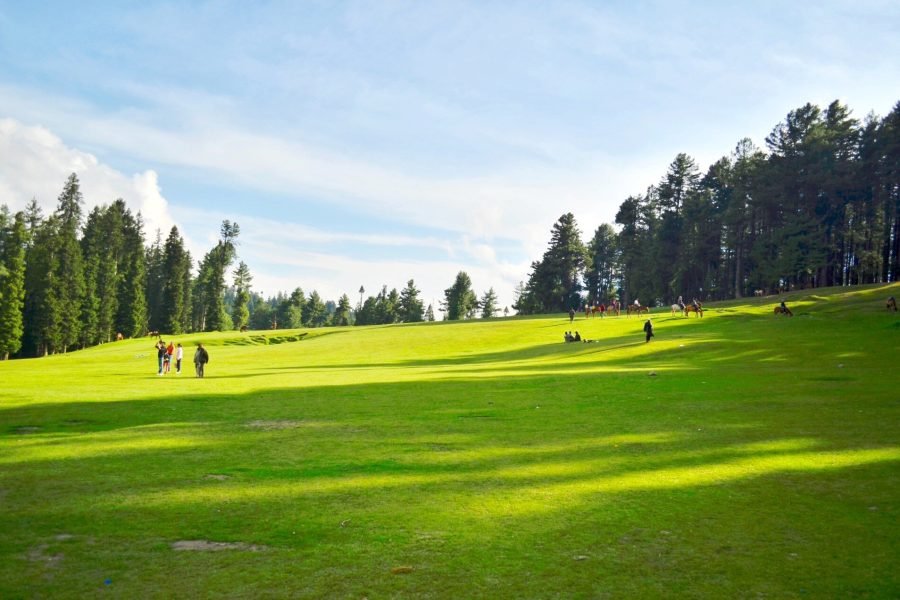
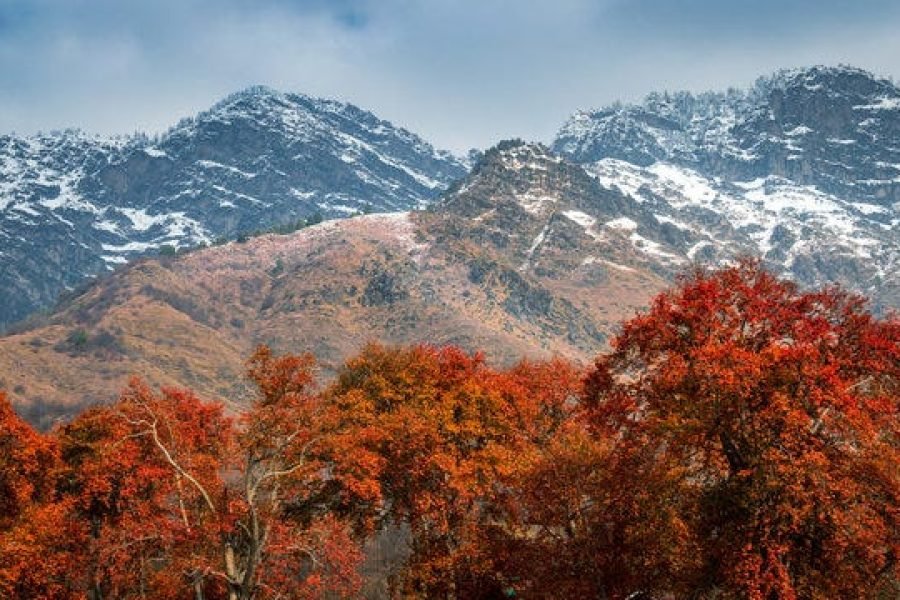
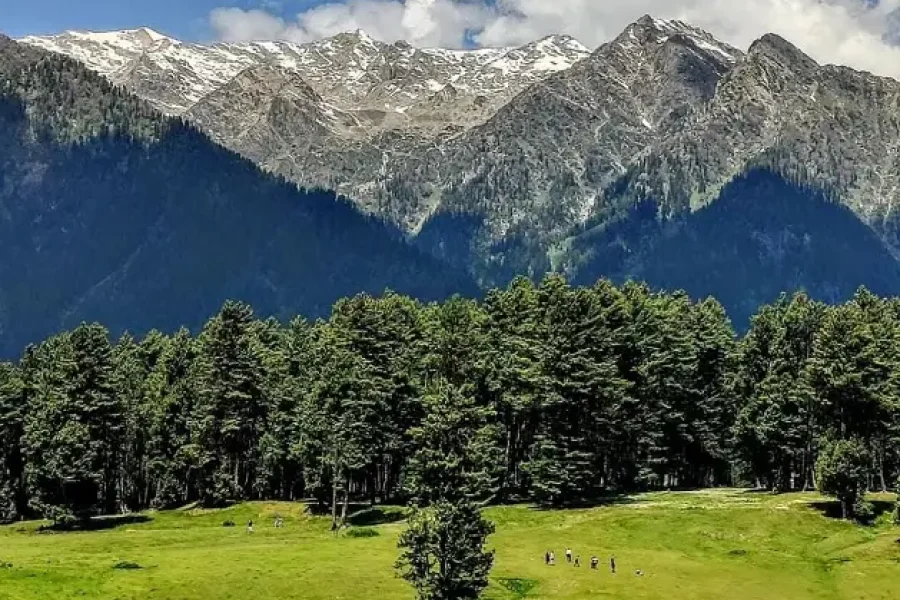
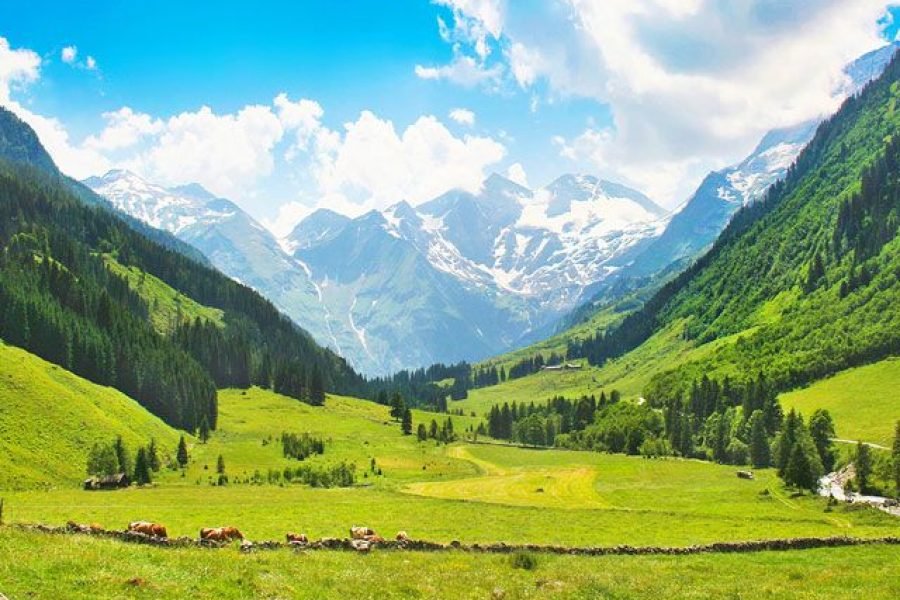
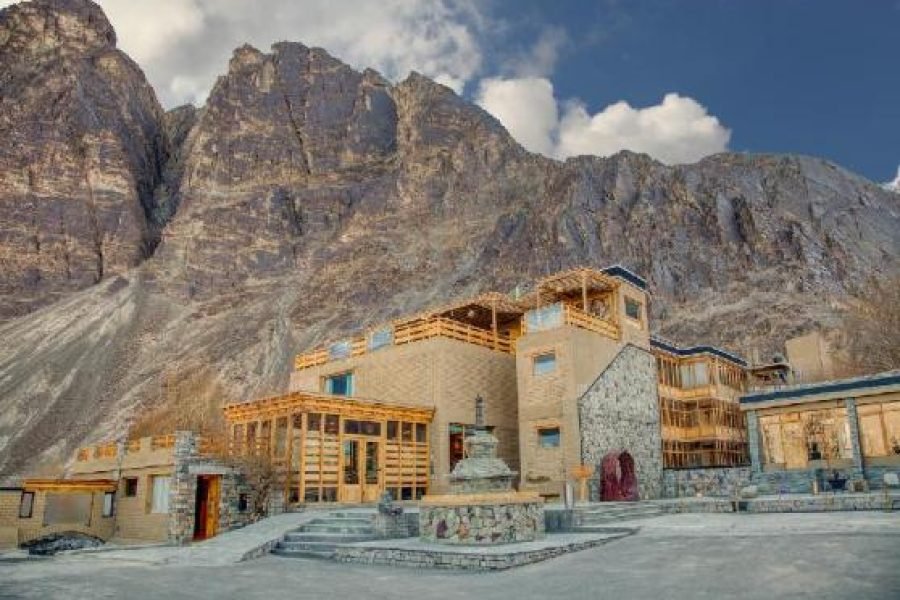

0 Comment